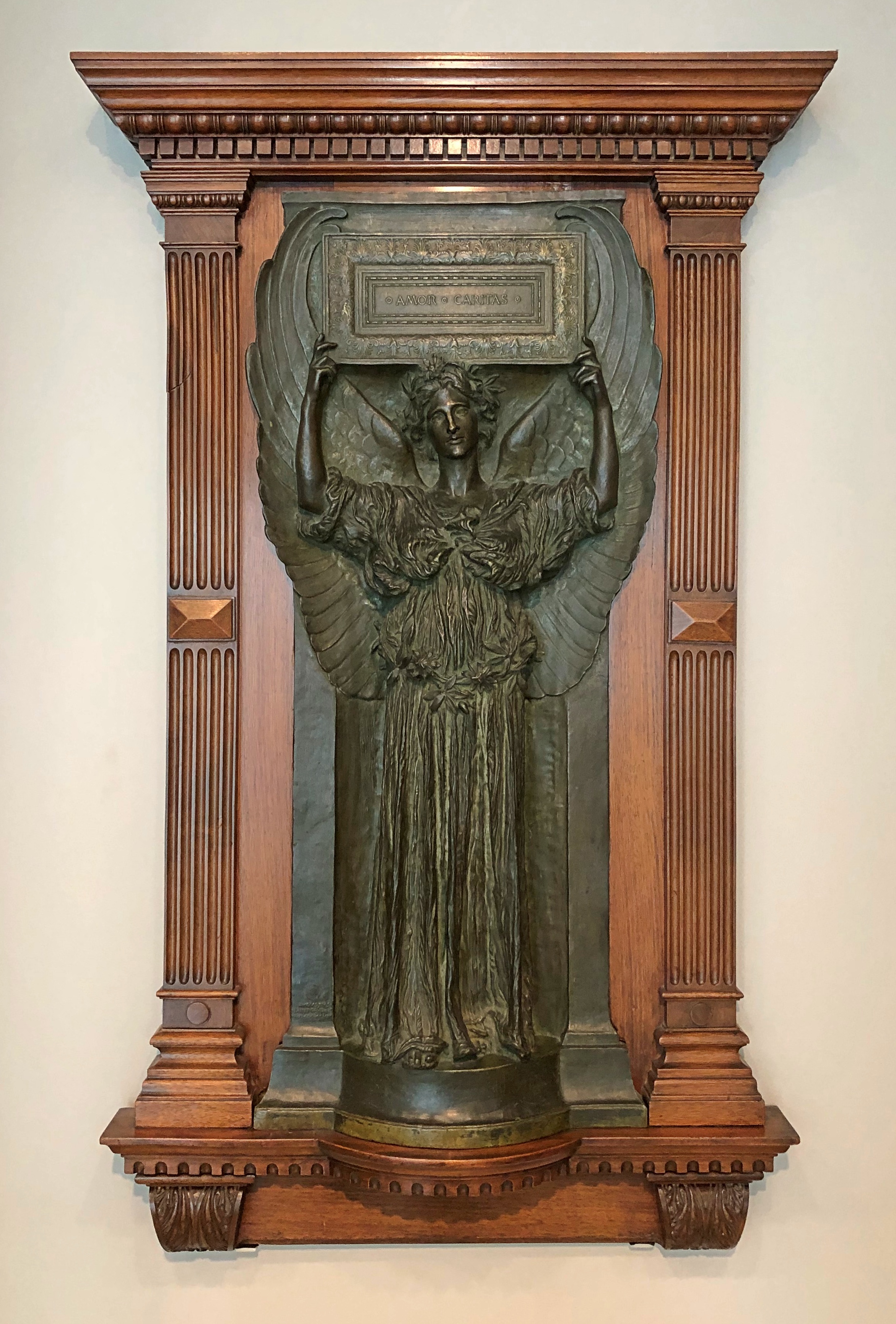Yuriko went to her intermittent cake class on Saturday, which means I got to drive into the city and hang out there for a few hours. I went to the Art Institute of Chicago, since it had been a while.
The big show at the moment is “Van Gogh and the Avant-Garde: The Modern Landscape,” which closes after Labor Day. The exhibit features not only works by the one-eared Dutchman, but also Georges Seurat, Paul Signac, Emile Bernard and Charles Angrand.
I’m sure it’s a fine collection of works. But as I could see from the exhibit entrance, the galleries were packed (almost) like rush-hour subway cars. That was a deal-breaker for me, so I sought out other artwork, somewhere in the museum I hadn’t spend much time before. This was easy to do, since it is such a large place.
In fact, I didn’t have to go far. Just downstairs a floor from the Van Gogh et al. exhibit are the galleries of the Arts of the Americas. Few people were around, certainly not as many as the floor above. I had an enjoyable ramble, looking here and there at my leisure, not having to navigate other onlookers.
A few details, such as from Frederic Remington’s “The Advance-Guard,” or “The Military Sacrifice (The Ambush)” (1890).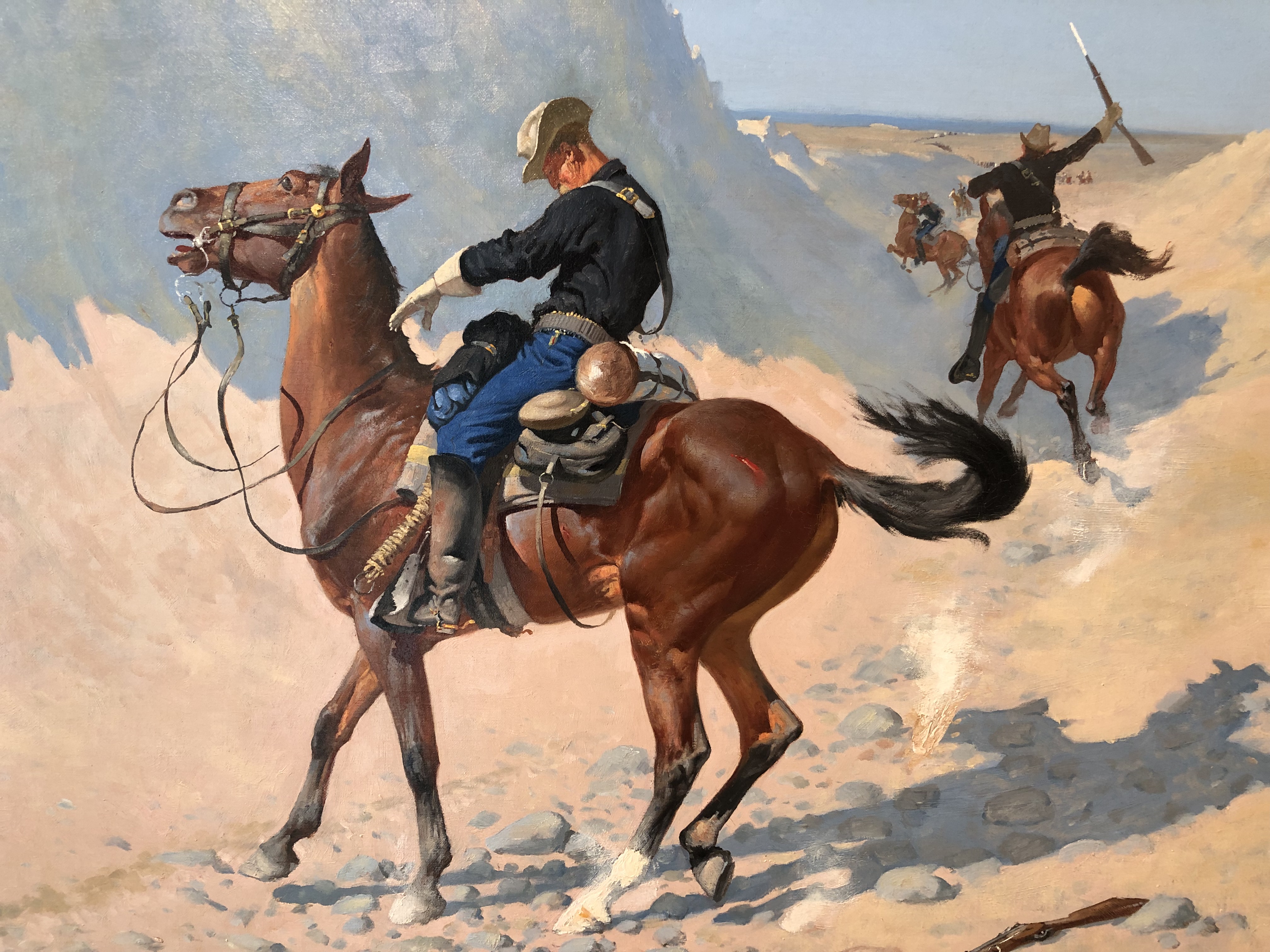
From “Nouvart Dzeron, A Daughter of Armenia” (1912), by an artist I didn’t know: Ralph Elmer Clarkson.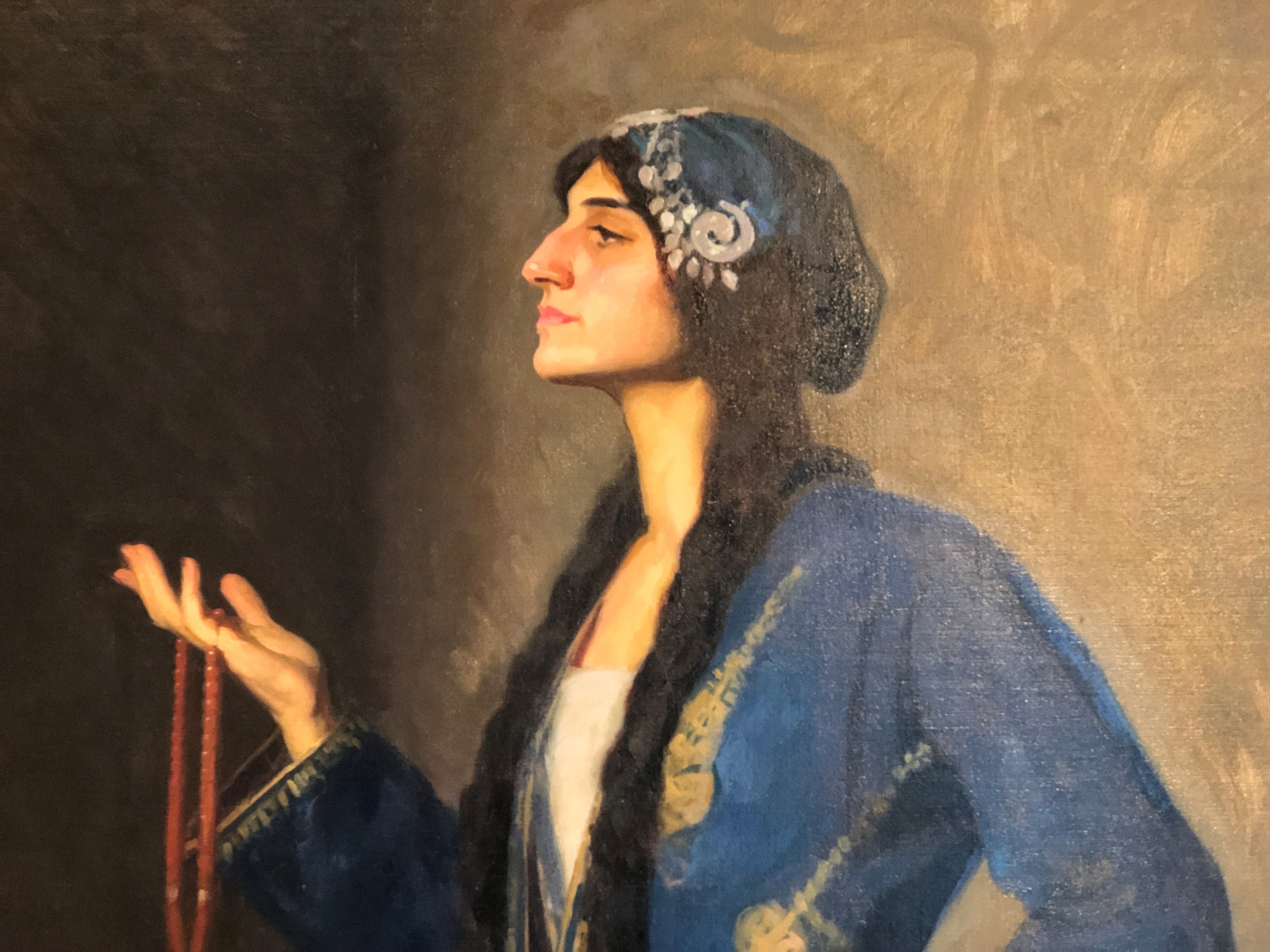
A fireplace (1901) designed by George Washington Maher.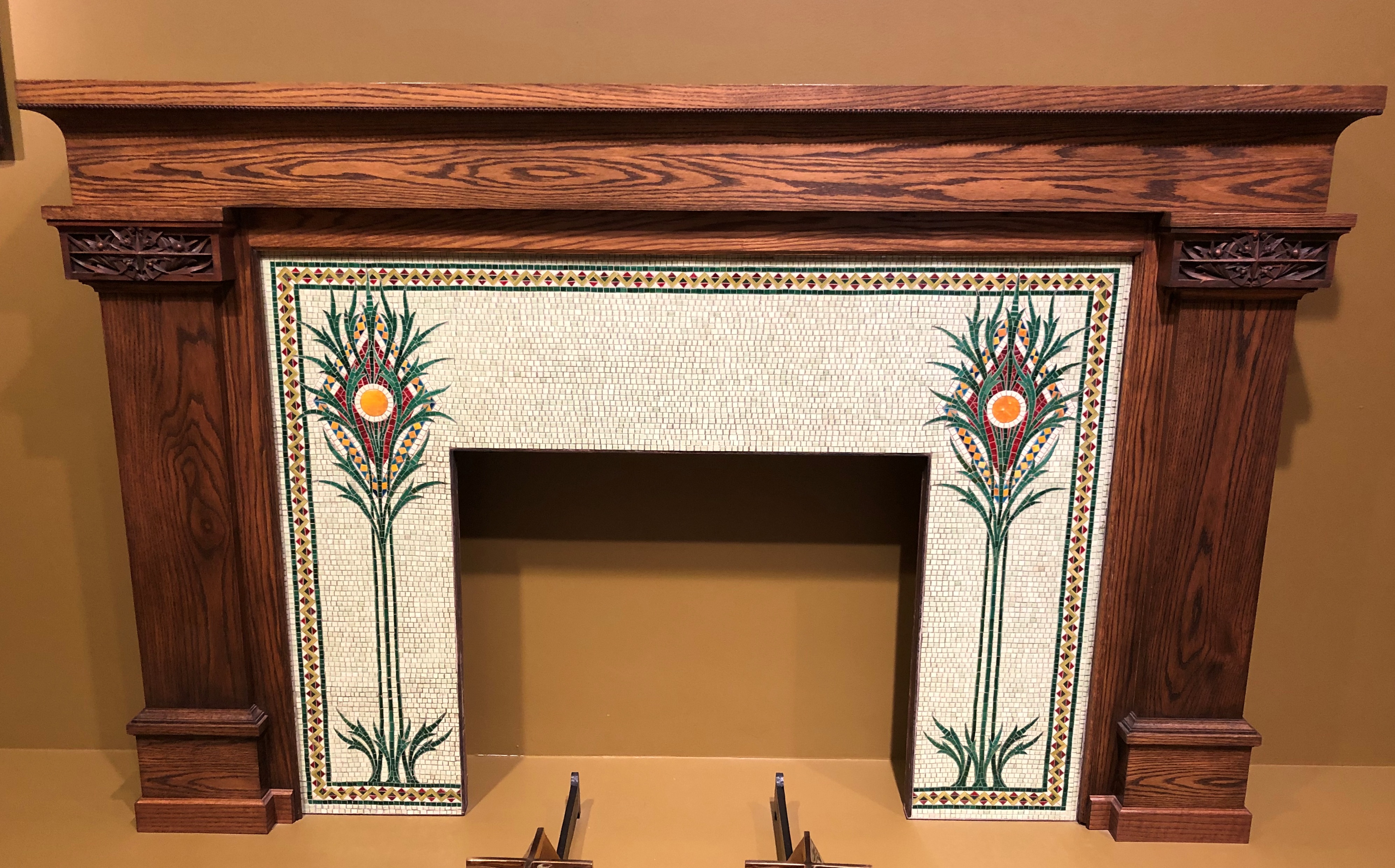
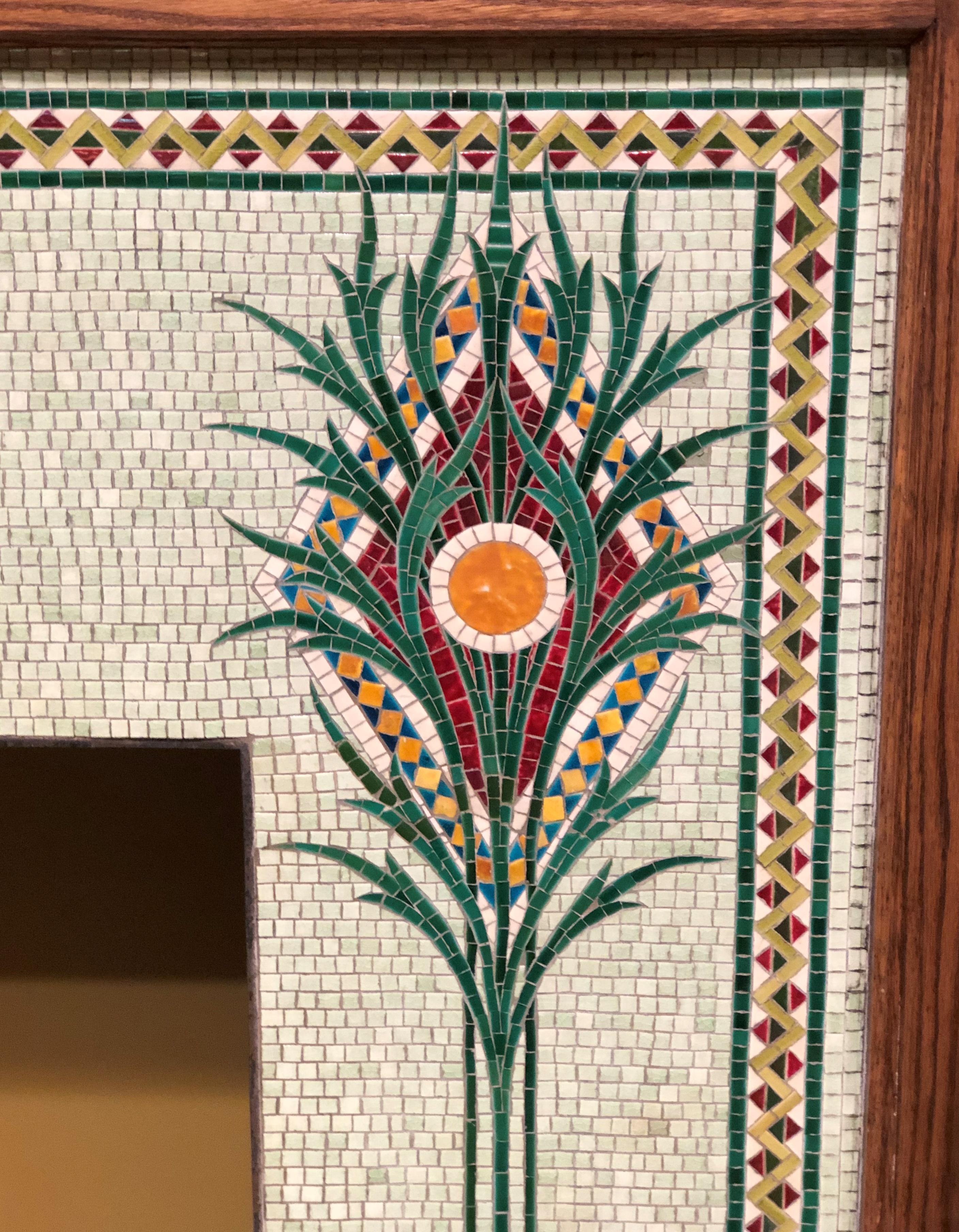
A lock by one Frank L. Koralewsky, illustrating the Grimms’ “Snow White and the Seven Dwarfs.” It won Korwalewsky a gold medal at the Panama-Pacific International Exposition of 1915, and I’d say he deserved it.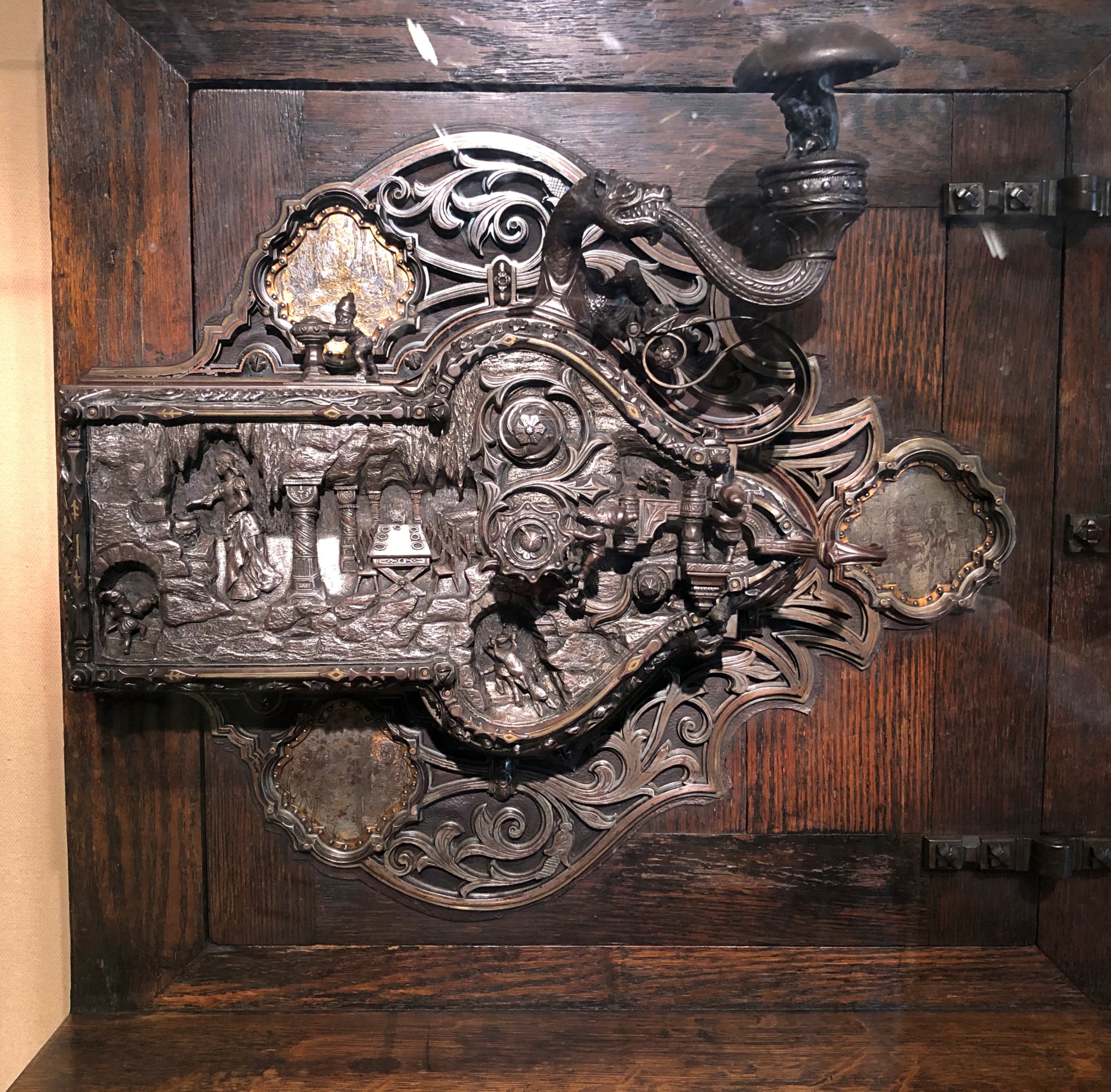
The more I looked at its detail, the more amazing it seemed.
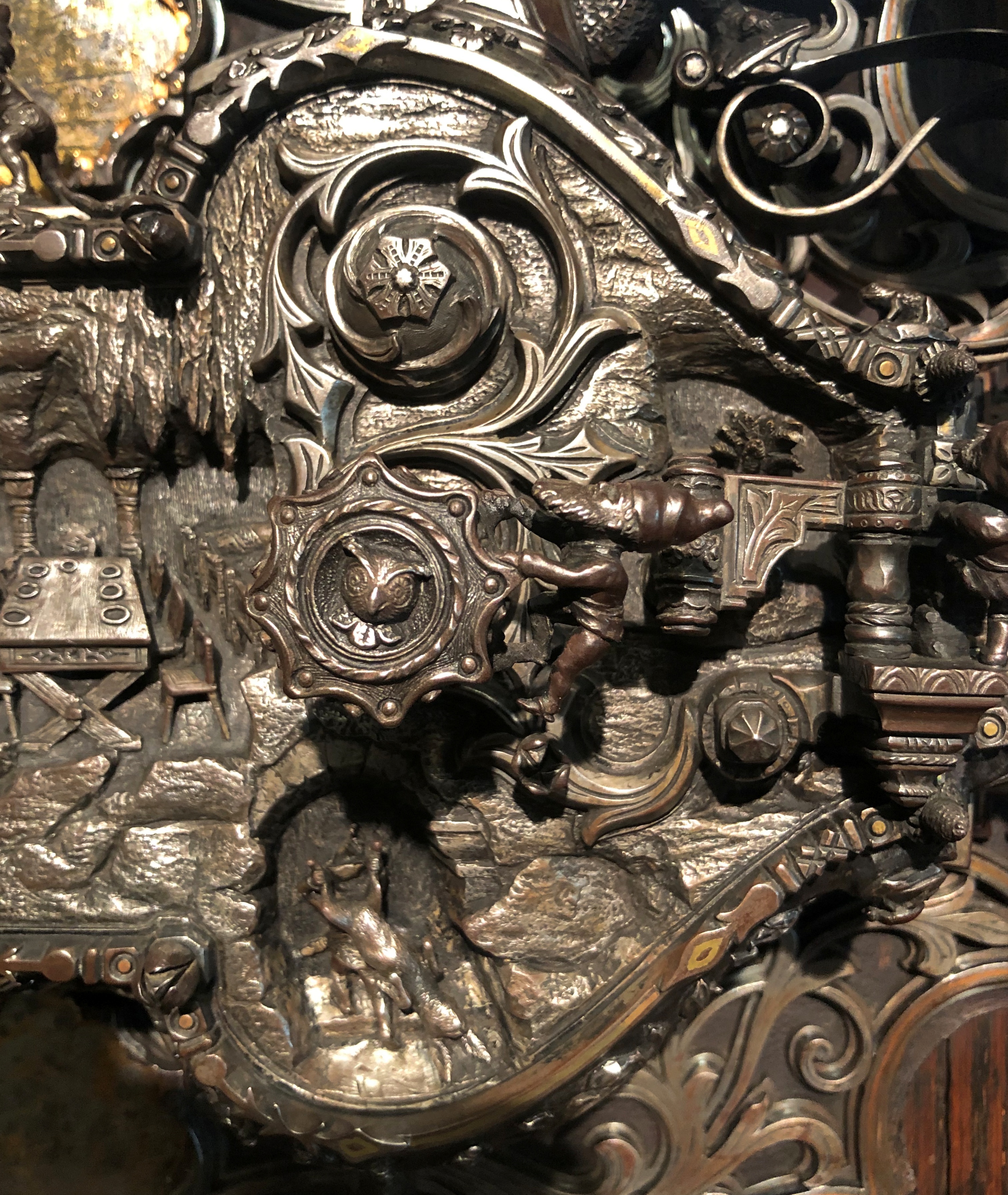
This statue caught my attention.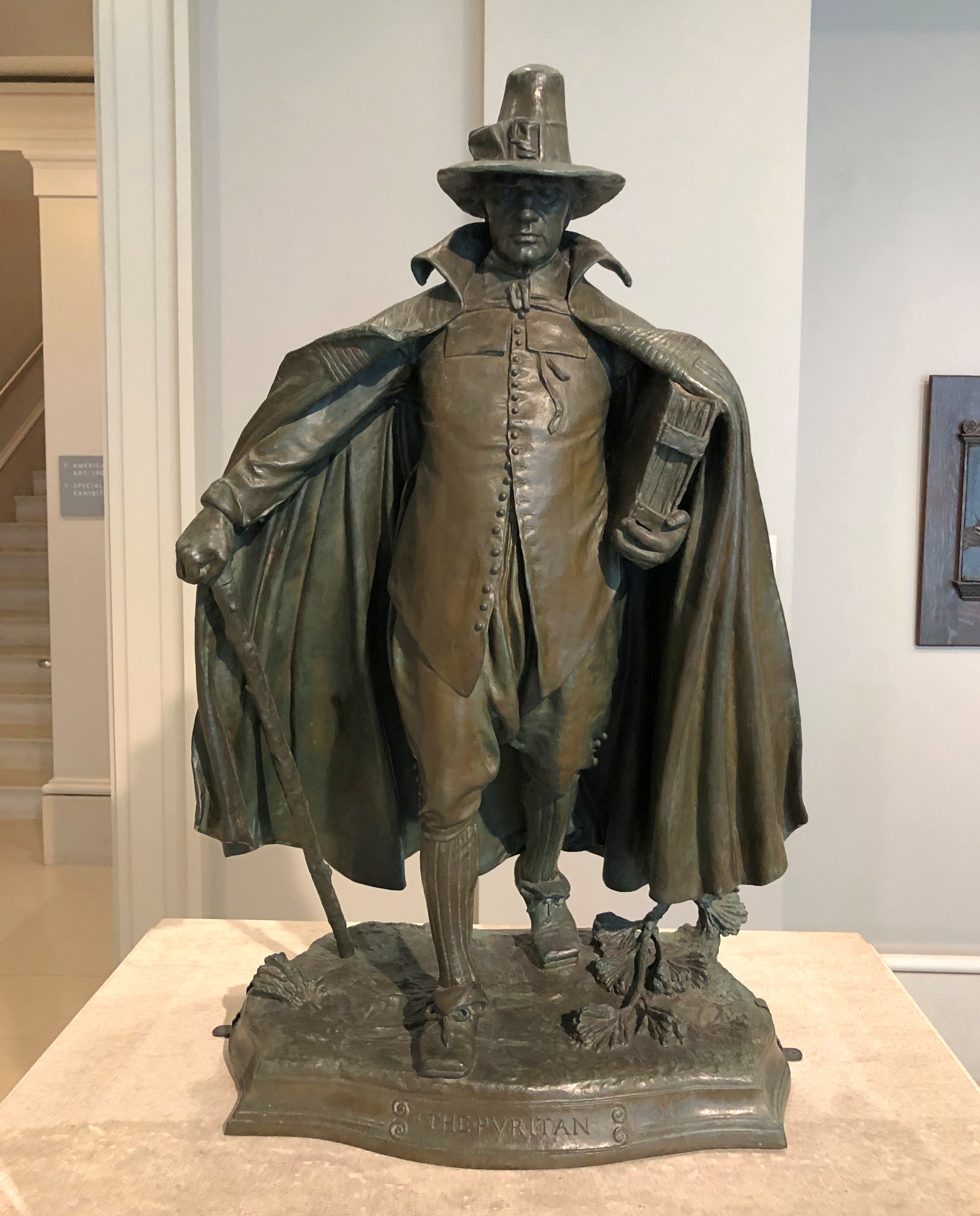
I don’t think I’d seen it before. Soon I discovered it was “The Puritan” (1883-86) by the great sculptor Augustus Saint-Gaudens. Anyone who can design a thing like the $20 Double Eagle gold piece is great in my book, and I was delighted to find one of his works. Even better, there were more on the wall nearby.
“Jules Bastien-Lepage” (1880).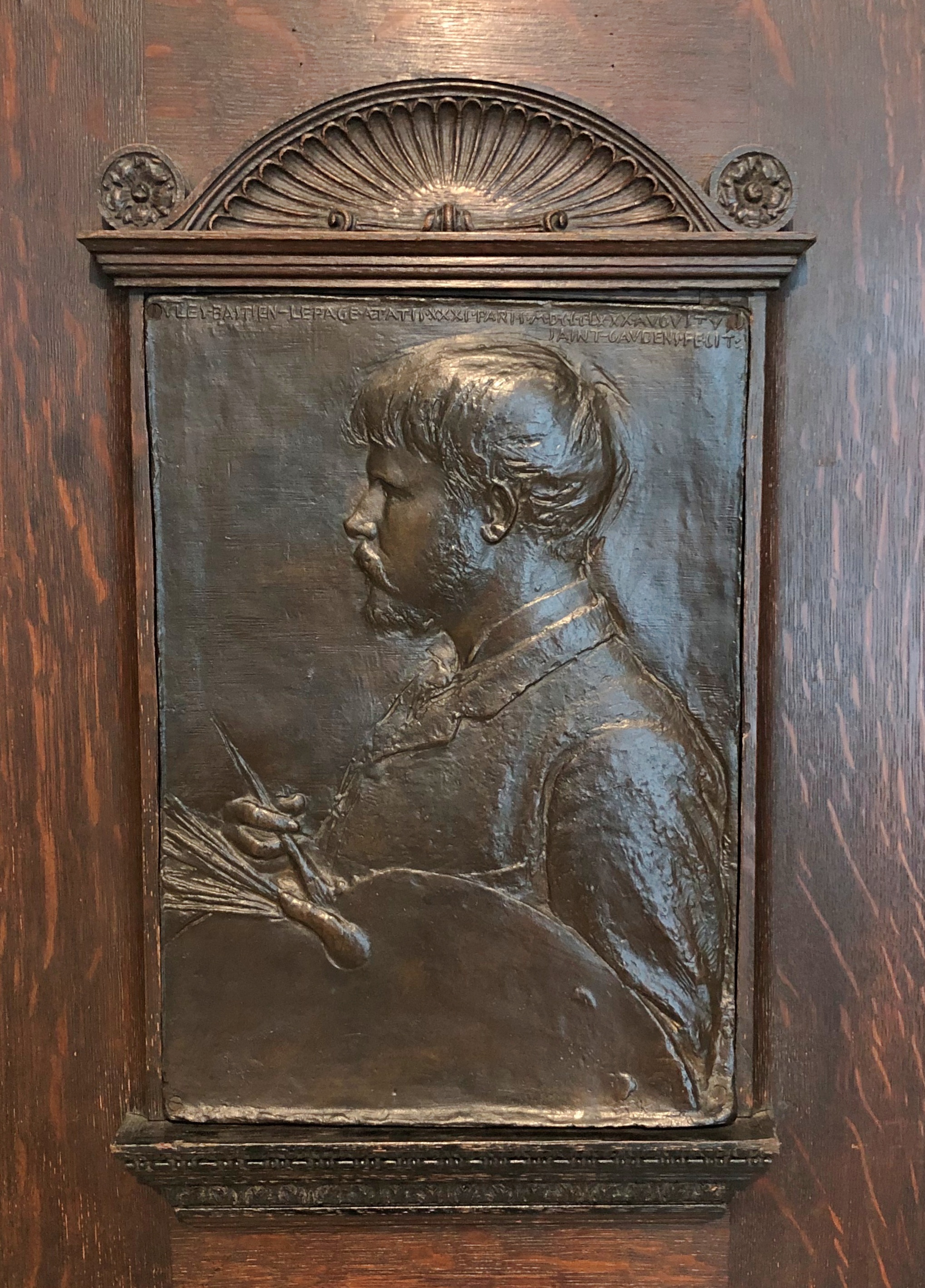
“Violet Sargent” (1890) (sister of the painter).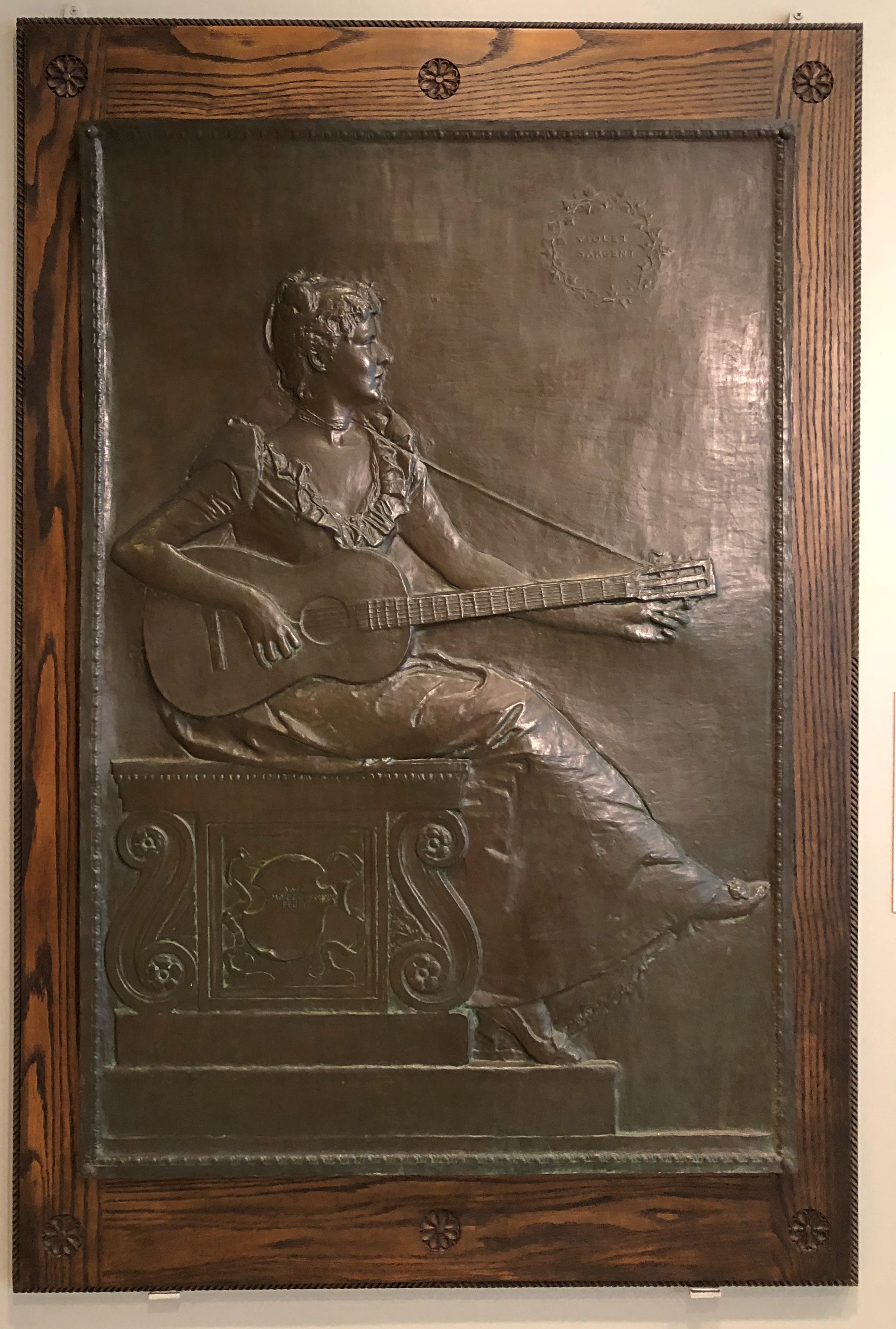
Van Gogh is well and good — and probably better on a weekday — but Saint-Gaudens is equally worth the trip to the Art Institute. Another example of the limited imagination of crowds, too. I bet that for every 100 people who’ve heard of Van Gogh, maybe a handful know Saint-Gaudens.
